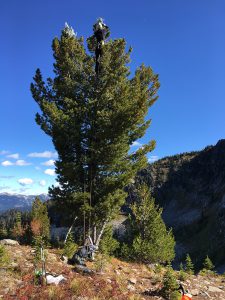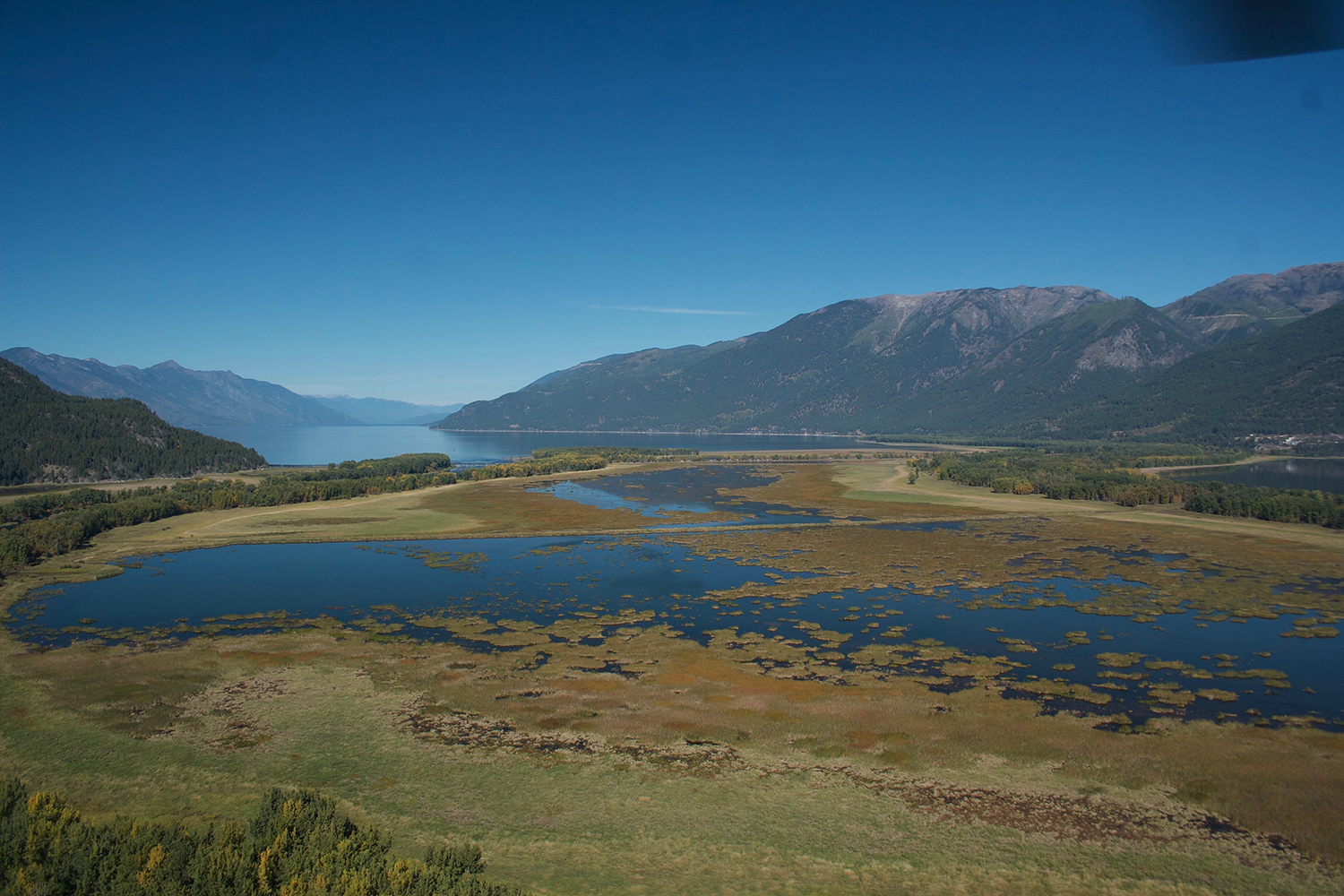The Columbia Basin Trust (the Trust) announced a series of large-scale habitat improvements, stemming from the $10-million Ecosystem Enhancement Program.
Five projects with a collective value of $3,000,000 will begin this year.
“We’re happy to announce three of the projects that we’ve given support to are within and near the Creston valley for a total amount of $1.5-million.” The Trust’s Senior Manager for Delivery of Benefits Tim Hicks said on March 1, 2019. “Then, there’s two other projects over in the East Kootenay and the southern part of the Rocky Mountain Trench.”

The Kootenay Lake Sub-Region Projects include:
- The Six Mile Slough Enhancement Project working with the Creston Valley Wildlife Management Area ($600,000)
- The Yaqan Nukiy Hunting Grounds Ecosystem Restoration Project working with the Lower Kootenay Band ($600,000)
- The Whitebark Pine Restoration Project working with Nature Conservancy of Canada and the Ktunaxa Nation ($300,000)
“Six Mile Slough Enhancement Project is a 1,200 hectare wetland restoration project,” Hicks explains. “The species focus on it includes amphibians, fish species and birds.”
According to the Trust’s media release, derelict water control infrastructure and breaching dikes will be removed in order to reconnect the slough to the river.
“The next project in the Creston Valley is the Yaqan Nukiy hunting grounds project. Similar suite of species there, but we understand that there’s also important species that have been traditionally hunted and are still hunted in that area,” Hicks says the project will focus on 500 hectares of habitat. “With important ecological and important cultural values.”
Hicks talks about the Whitebark Pine project which will largely be taking place in the Darkwoods Conservation Area.
“This is a sub-alpine Pine species which has been on the decline due to a disease known as Blister Rust. It’s a very important species for the ecosystem with quite a number of species that depend on it for food.”
According to Hicks, the large-scale projects were chosen based off input from locals, officials and stakeholders that call the region home.
“We look for projects that the program can support by reviewing regional plans for the area. Also, referring to the latest research and then by asking a lot of questions from regional experts, we hold community meetings every year to look for input on what kinds of projects we could be supporting through this program. We also ask for input from First Nations representatives as well as government experts.”
For the full interview with more details, including which species will be affected and a review of the the East Kootenay initiatives as well, click on this link.




